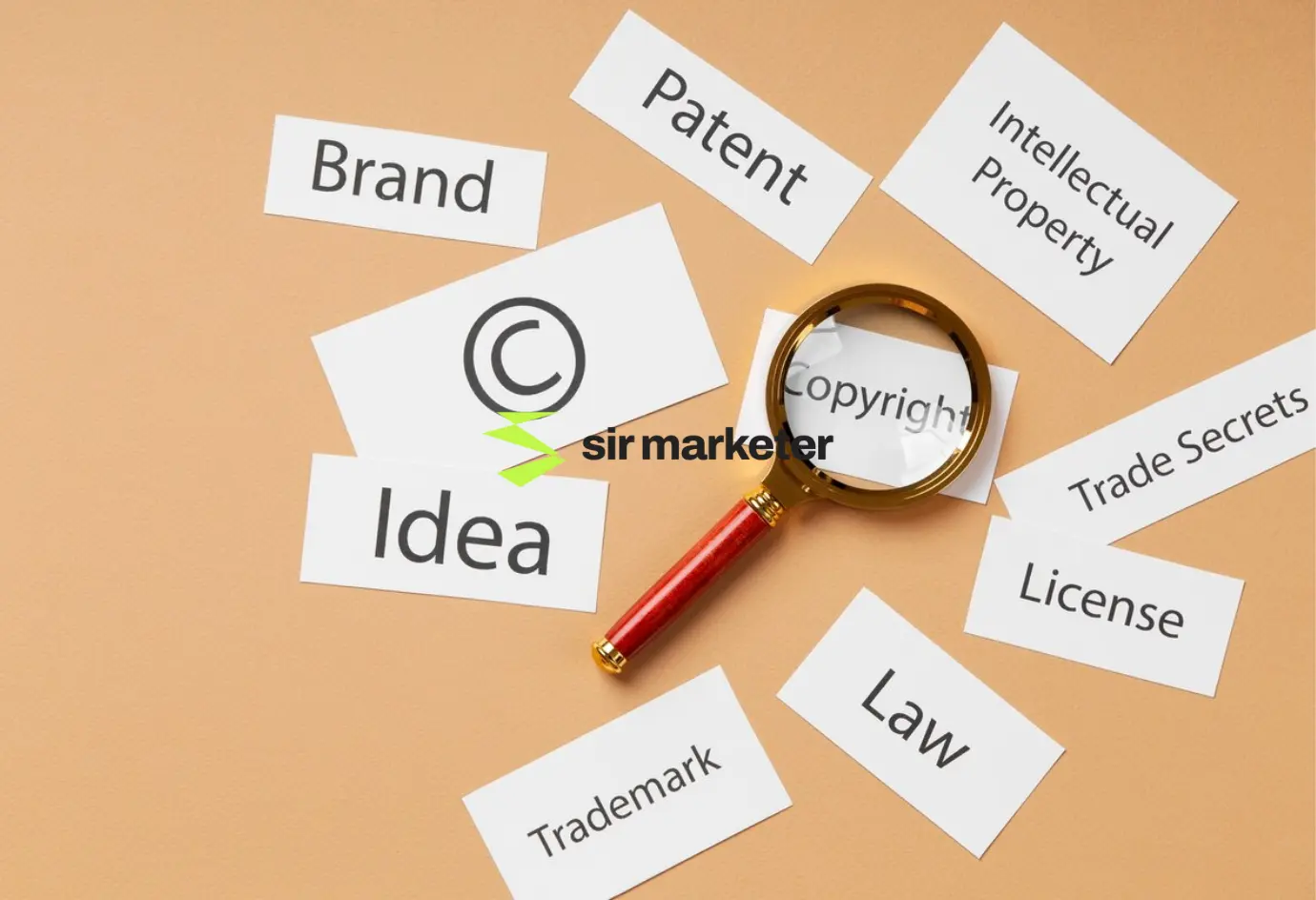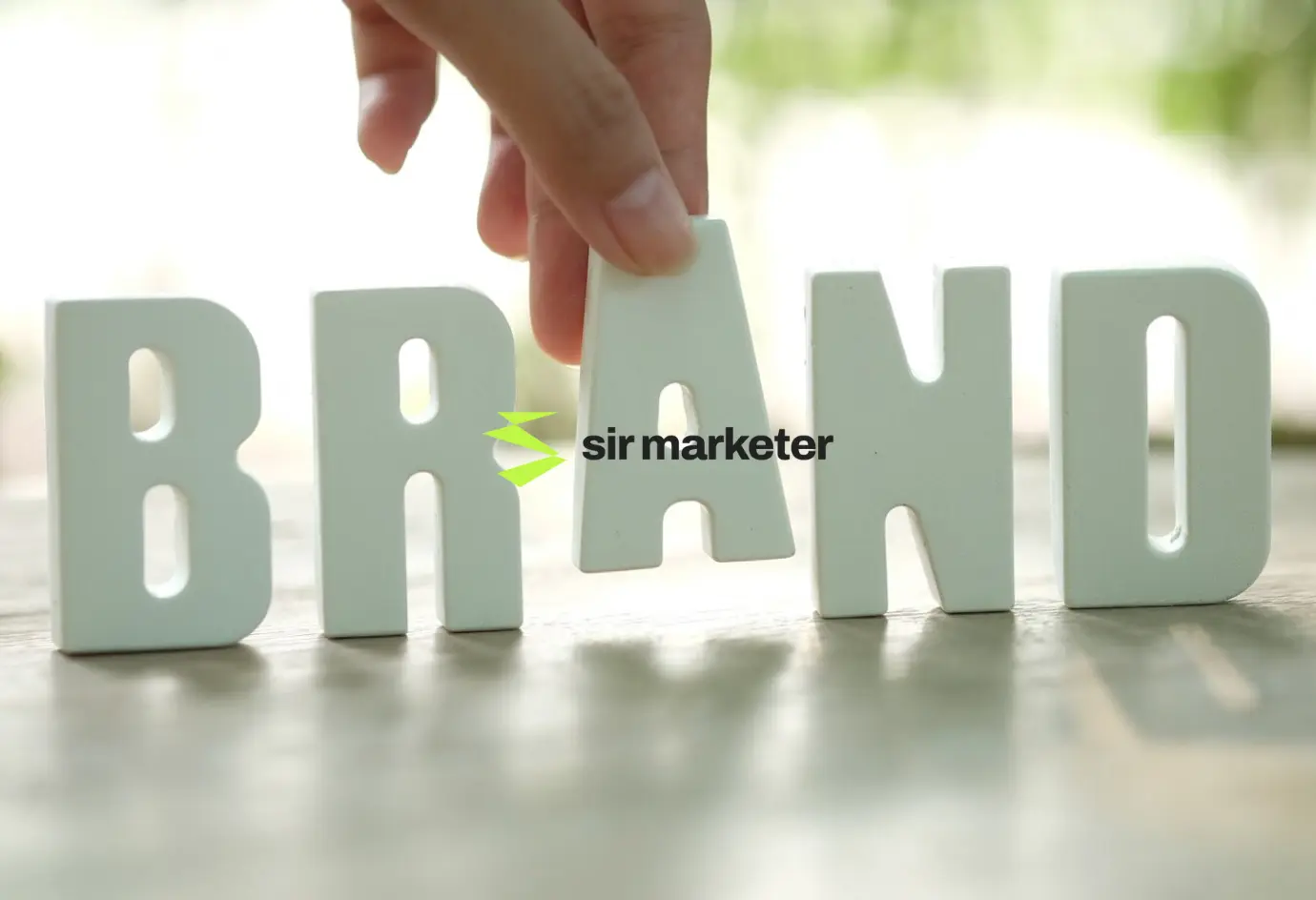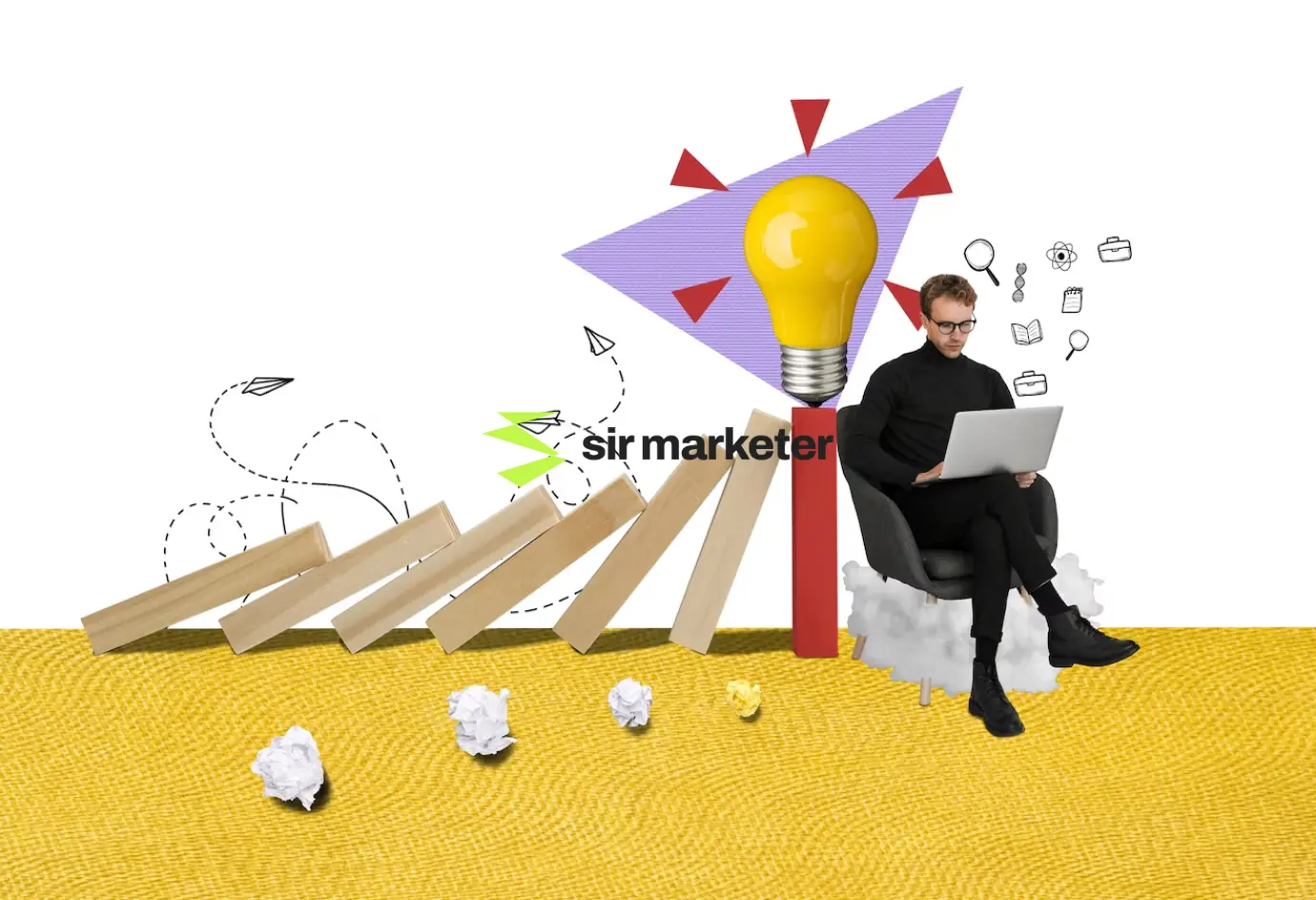

In the world of digital business, branding and marketing are often used interchangeably—but they’re not the same.
While both aim to grow a business, they serve different purposes, function at different levels, and create different results. In 2025, understanding the difference between branding and marketing isn’t just helpful—it’s essential if you want to build a business that scales and survives in a competitive digital landscape.
Whether you’re a startup, personal brand, or established company, this guide will help you:
Understand what branding and marketing really are
Know how they work together
Learn when to invest in each
Avoid common mistakes entrepreneurs make

“Marketing may grab attention, but branding earns loyalty.”
— Sir Marketer, Digital Dream Team

Branding is the foundation of your business identity. It’s how people perceive, feel, and connect with your company—even when you’re not actively selling to them.

Example: When someone sees Apple’s logo, they instantly think of innovation, elegance, and premium tech. That’s branding at work.

Marketing is the set of actions you take to promote your brand, products, or services. It’s how you reach your audience, deliver value, and persuade them to take action (click, buy, sign up).

Example: When you see a Facebook ad offering 50% off a product, that’s marketing in action.

Here’s how branding and marketing differ:
Purpose:
Branding builds identity and emotional trust.
Marketing drives sales and customer action.
Focus:
Branding focuses on long-term strategy.
Marketing focuses on short- to medium-term tactics.
Impact:
Branding creates recognition and loyalty.
Marketing generates leads and conversions.
Tools Used:
Branding tools include logo, mission, tone, and story.
Marketing uses ads, emails, SEO, and social media.
Timing:
Branding starts before marketing begins.
Marketing happens after the brand foundation is built.
Audience Perception:
Branding connects emotionally.
Marketing provides a functional solution.

Branding happens in the mind.
Marketing happens in the marketplace.

You can’t market effectively if people don’t trust your message—and that’s where branding comes in.


Marketing turns your brand message into action. Once your brand identity is set, you need marketing to:

Marketing amplifies your brand voice, placing it in front of the right people at the right time.

These two are not competitors—they’re collaborators.

This loop increases your organic reach, referrals, and lifetime customer value.

Imagine you open a coffee shop.

Together, they make magic happen.

A). You’re just starting out?
Focus on branding first. Define your name, logo, story, and tone.
B). Already have a business, but sales are slow?
Start a strategic marketing campaign using your brand voice and visuals.
C). Rebranding?
Refresh your brand, then reintroduce it with a strong marketing push.

Before launching any campaign, make sure you have:

Use tools like Canva Pro, Looka, or hire a team like Sir Marketer to build these assets.

Once your branding is ready, launch through:



Both branding and marketing are ongoing investments, not one-time actions.

Let’s sum it up simply:
Branding is about who you are;
Marketing is about how you promote who you are.
Branding focuses on building an emotional and visual identity;
Marketing focuses on converting that identity into measurable growth.
Branding helps build trust and long-term loyalty;
Marketing helps generate leads, visibility, and short-term results.
Branding begins even before your first product or service is launched;
Marketing activates once your branding foundation is in place.
Branding is ongoing and evolves with time;
Marketing is campaign-based and often seasonal or tactical.
In 2025, business success isn’t about choosing branding or marketing—it’s about using both strategically.
You can’t skip one and expect the other to perform.
So if you’re serious about building a brand that people remember and a business that actually sells—invest in both.
Our team will answer all your questions. we ensure a quick response.